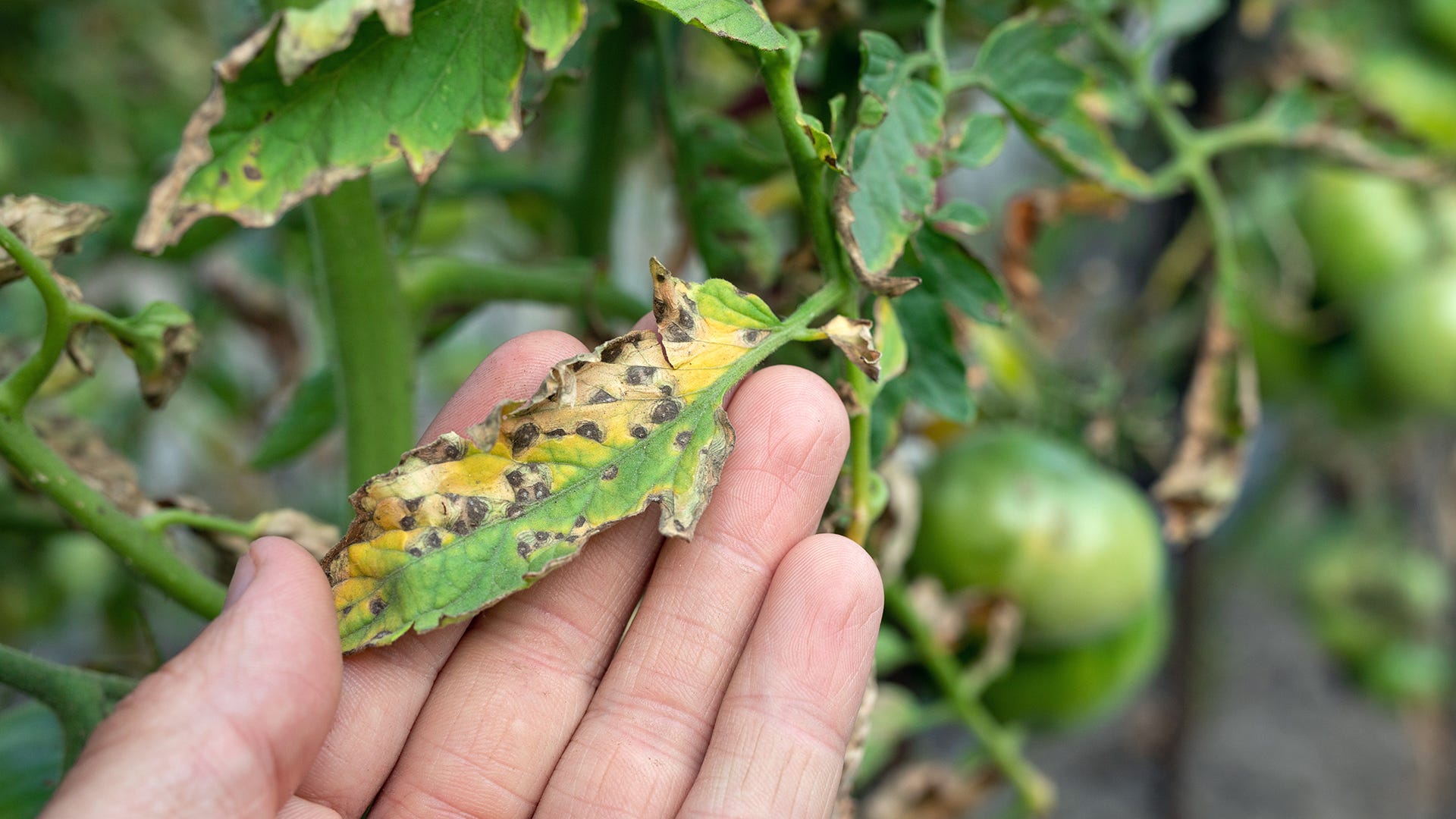
After you put your time and effort into your garden, it can be upsetting to find your plants declining in health. There are many ways that plants can spread their diseases like water, wind, by your hands, tools, animals, etc. But one of the most devastating and common reasons that one sick plant quickly becomes a whole bunch of others is because of insects. Learn the kind of insects that you should be aware of in your garden that could spread diseases throughout your garden.
Pests You Should Lookout For
Bugs don't just eat your plants; they potentially spread diseases that can destroy your whole garden. There are varieties of bugs that can commonly carry infections, but these are the ones found the most.
Aphids – Aphids are tiny insects that don’t have any wings. They have pear-shaped bodies and can range in a variety of different colors. These pests suck sap from the new growth of plants, causing the foliage to look crinkled or stunted. These bugs can leave behind a honeydew, encouraging mold and fungus on the plant. They can rapidly move from one plant to another, infecting other plants nearby.
Spider Mites – Spider mites are tiny insects that are hard to find. If your plant is infested by them, you will find webbing on the undersides of the leaves. Leaves can also be spotted or freckled if infested.
Whiteflies – Whiteflies are heart-shaped, white, small flies that like warmer climates. In their earliest stages of life, they attach themselves to the plant's soft tissue to feed on it. Then, they secrete honeydew that encourages other pests to come to the plant and raises the risk of fungal diseases.
Cucumber Beetle – Cucumber beetles can be striped or spotted, both varieties cause damage. These bugs are typically a quarter of an inch long. They eat the roots of leaves and flowers, carrying bacteria to the plant while eating. The spread of the bacteria can be deadly and quick, causing flowers to fall off and leaves to wilt as it spreads. A sticky, white sap will come out of the snapped stems when the infection turns into bacterial wilt.
Cabbage Worms – Cabbage worms are larval from the white butterfly. They are small, green inchworm-type caterpillars. The butterfly itself has white wings, with one or two gray or black spots on each wing. These worms have a huge appetite, so they chew through the leaves of the plant. The more that the worms eat, the less the plant is going to photosynthesize.
Flea Beetles – Flea beetles are small and can be black, bronze, blue or brown. They cause the most damage by feeding on the leaves and stems, creating small rounded shallowed pits and holes in the leaves. It's also how they spread bacterial diseases, such as wilt and blight.
Leafhoppers – Leafhoppers vary in color and are wedge-shaped. Leafhoppers feed on plants by getting the sap from the foliage. They can not only pass diseases this way, but they remove the green chlorophyll, which prevents the plant from growing. They can also leave ‘hopper burn’ which is the yellowing of the leaf. When they get the sap, they insert a toxin through their saliva.
Spittlebugs – Spittlebugs are small bugs that can be up to 3/4th of an inch, changing from orange to yellow as they grow. Adult spittlebugs are called froghoppers and have large hind legs for jumping. Spittlebugs suck the sap from the plant and can spread disease this way. This also stunts growth, distorts leaves, and infers with fruit production.

Advice for Preventing and Caring for Plant Diseases
When one plant is contaminated in your garden, there’s a high chance that it could spread to the other greenery that you have. There are ways to prevent plant diseases and infestations, starting with checking on your plants daily. Looking at leaves and making sure that the plant is growing the way it should will help you identify signs of a disease or infestation before it’s too late.
Another way to prevent spreading is by making sure that your plants are placed with space in between them. This limits the possibility of disease-carrying bugs jumping from one plant to another. By planting a biodiverse garden, it also makes it harder for bugs to find their ideal plant.
Products like neem oils and insecticidal soap can be implemented to rid and prevent insects, even before they start damaging the plant.
If you notice a plant dying and cannot stop the disease, it’s best to remove it from your garden so that the pests don’t have the chance to spread further.
Healthy Gardens
How do you keep your garden healthy? We’d love to hear about it on our Facebook page. Keep up with the latest ways to keep your garden full and healthy by subscribing to our enewsletter. Plus, you’ll never miss out on special offers and deals!



